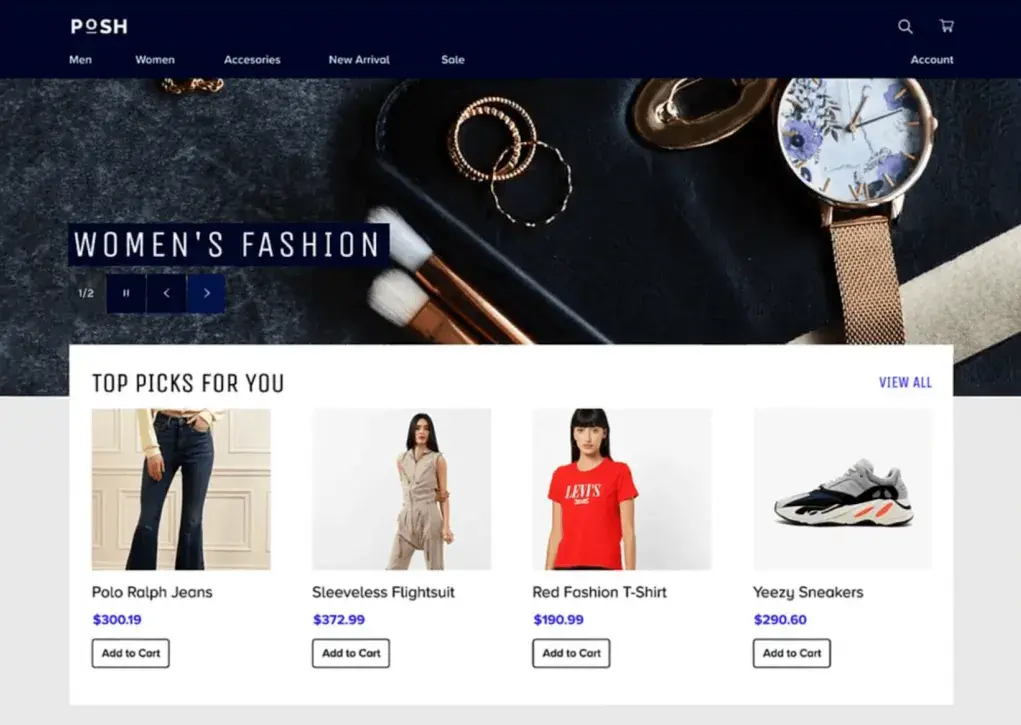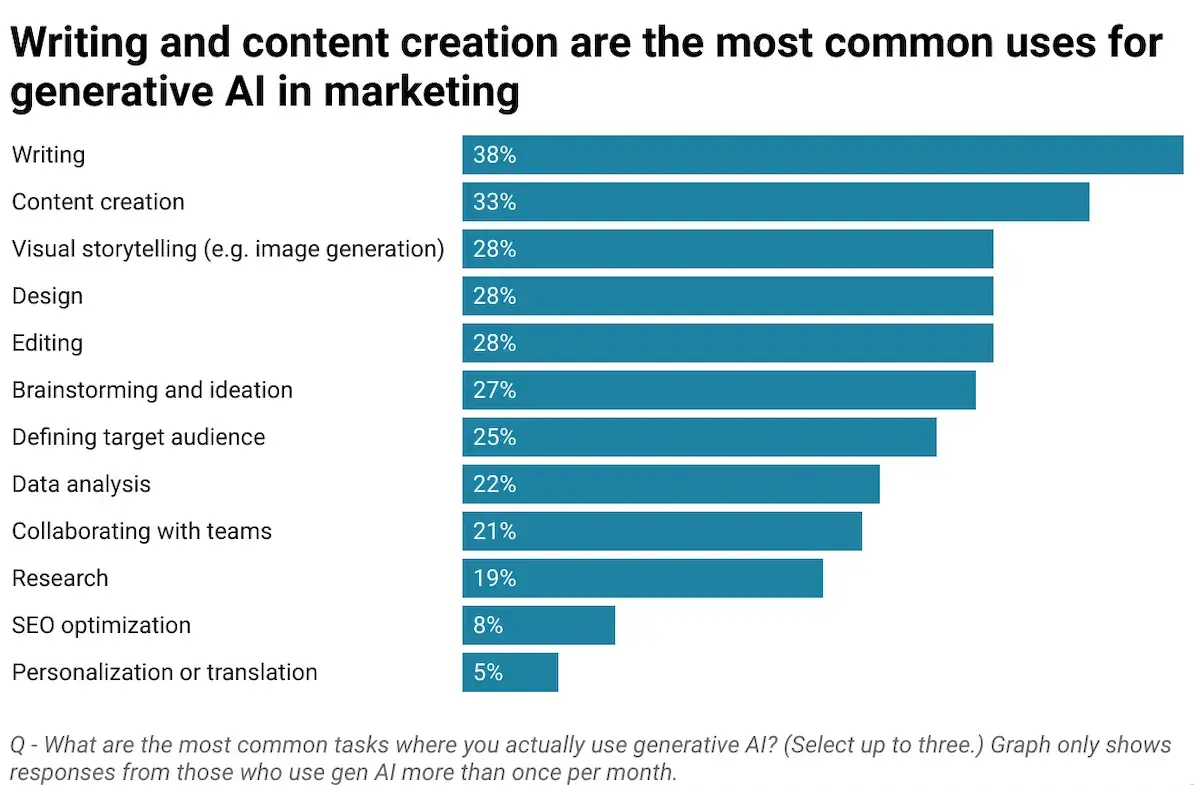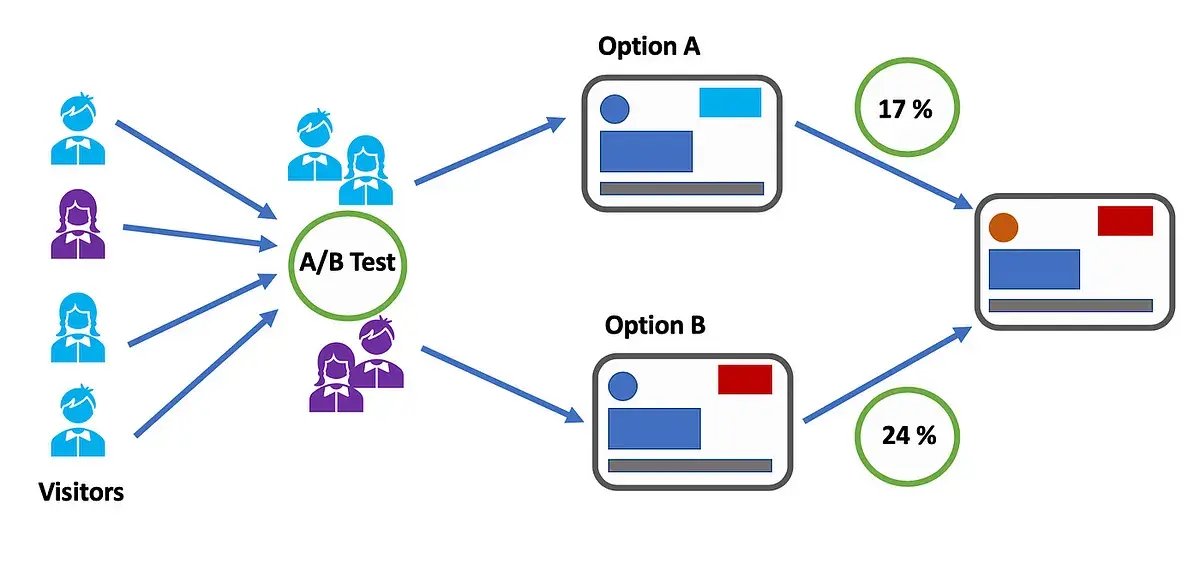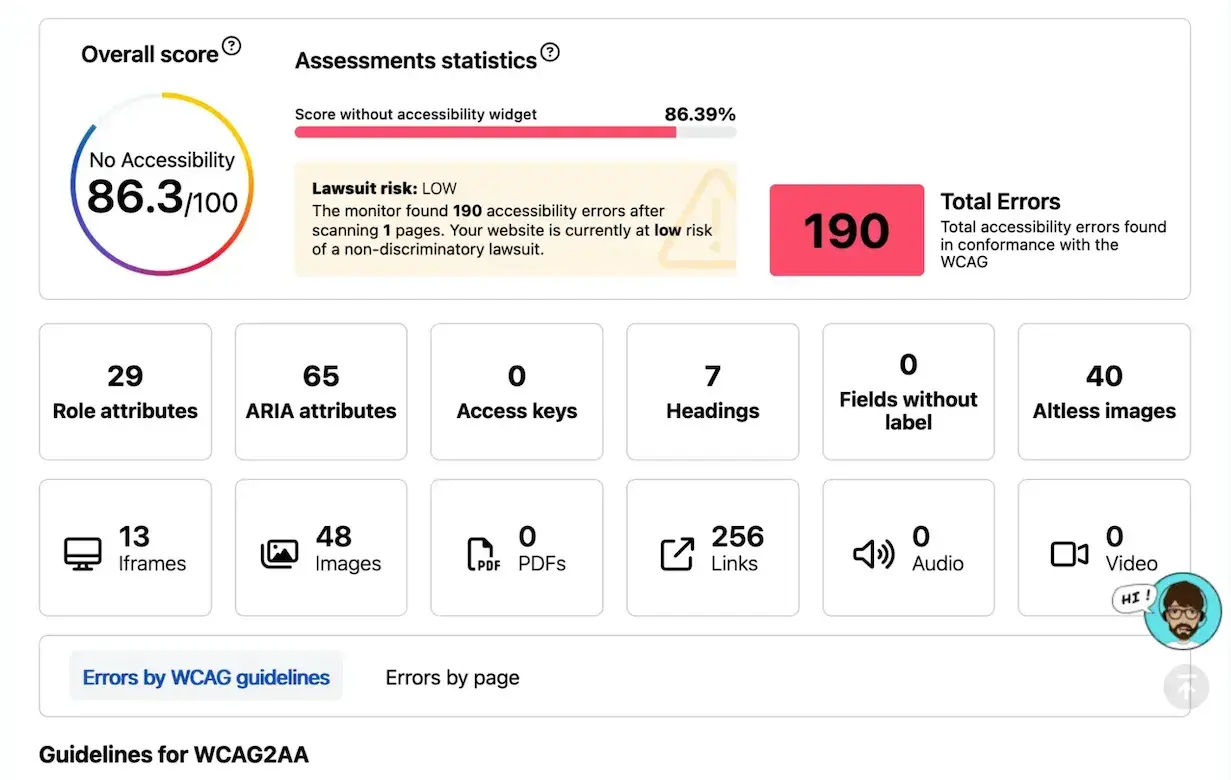From SEO to tracking user behavior, AI is poised to have a dramatic impact on web optimization in the coming years. While the initial hype that surrounded the generative AI boom is no longer as no-holds-barred enthusiastic as it once was, I and business leaders across countless industries are continuing to find practical applications for AI, particularly in regards to optimizing their websites.
Advances in AI-driven analytics, generative tools and other machine learning models are all likely to play a significant role moving forward in web optimization, and senior leadership is taking the lead. As a reveals, AI adoption is largely being driven from the top down, with 61% of executives using AI as opposed to just 42% of entry-level marketers. This aligns with trends indicating gaps in training and confidence in AI tools between executives and lower-level employees.
As a result, it is also pivotal that senior management helps the rest of their team understand and take advantage of AI. Here are some key ways that AI can influence your own web optimization efforts.
How AI Will Impact Web Optimization
1. Deliver Personalized User Experiences
For many brands, one of the most exciting potential use cases of AI is its ability to personalize the web browsing experience for individual customers. By analyzing user behavior in real-time (as well as drawing from previous user interactions), AI can provide a more dynamic web browsing experience that better caters to the users’ interests and needs.

As a explains, this is most commonly used to help websites deliver personalized product recommendations and better on-site ad targeting, using visitor data such as browsing history and purchase data to offer suggestions that better align with what the user is looking for. Starbucks has even begun to implement predictive personalization, offering drinks in its app based on user history, weather, time of day and other factors. Such trends may also be applied to websites.
What I’ve found most exciting in my own experience, however, is AI’s potential capability to provide this level of dynamic content adjustment in real time, drawing from this information to adapt individual elements of each web page. A more personalized user experience is sure to generate higher engagement, purchases, and other desired behaviors.
2. Glean Insights From User Behavior
Obtaining insights from user behavior isn’t just beneficial when you are trying to deliver a more personalized web browsing experience. Broader behavioral analysis can be used to optimize a wide range of elements on your website, drawing on audience data such as clicks, time spent on a page, and so on to deliver meaningful insights into what is (or isn’t) working with a website. AI can even use this data to create predictive heat maps or predict how users would respond to different changes to your website and its content.
By combining analytics with predictive tools, AI enables website owners to make smarter decisions in how they optimize their layout, content and more in a way that will be more appealing to their unique target audience.
3. AI-Generated Layouts and Content
Creating or updating a website and its content has historically been a time-consuming task, but advances in AI are allowing business owners to move beyond basic templates and create more distinct websites that match user expectations and the specific functions of the business.
With AI-powered web design tools, a new layout can be generated without the need for intensive manual effort, while incorporating current design trends and best practices to ensure it is appealing to visitors. Similar to how AI can generate creative design mockups for marketing, these tools provide a foundation that allows for more effective iteration and completion of a website design. These layout prototypes can be generated and filled with information from a pre-existing website, drastically cutting down the amount of time needed to update a website.
.png)
Free Website Optimization Checklist
This website optimization checklist will help you perfect your website's:
- Performance
- SEO
- Security
- Mobile Performance
Download Free
All fields are required.
.png)
You're all set!
Click this link to access this resource at any time.
In cases where a business may not have its content fully prepared or fleshed out, AI can be used to supplement user-provided content to fill out information about products or services based on basic data provided by the business. In my experience, this creates a valuable foundation for the website that can then be adjusted as needed by the business to ensure the content accurately reflects its offerings.

Such applications are already seeing wide use. According to the previously cited Lightricks research, 38% of marketers say they use generative AI for writing and 33% use it for content creation, while visual storytelling, design, and editing applications are each used by 28% of marketers. Each of these has a direct application in creating and optimizing website layouts and content.
4. Streamlined A/B Testing
Thanks to AI’s ability to glean insights from user behavior, AI tools are also uniquely positioned to streamline A/B testing for website optimization. In fact, many AI tools provide the ability to conduct autonomous A/B tests — testing different design, layout, and content combinations to determine which delivers the desired actions from your website visitors.
The ability to analyze this data in real time also enables the AI to implement the “winning” option as the default display for the website after it finishes its testing, helping drive more conversions. Even more noteworthy, the AI can continue to run these tests even after an initial round of A/B testing, resulting in continued refinements that will improve outcomes based on actual visitor data.

Of course, one thing I’ve experienced is that to take full advantage of these resources, organizations must ensure that their data is ready for such use cases. key information management strategies such as cleaning, validating, structuring and confirming ownership of data resources so that all data can be used more efficiently by AI tools.
5. Improving Site Speed
It’s no secret that website speed remains one of the most important elements of any website optimization effort, with the probability of a visitor bouncing from the site as soon as the load time increases from one to three seconds. Many of the efforts to improve site speed have historically relied on manual inputs, which made it all too easy for activities such as image optimization to slip through the cracks.
However, AI can automatically optimize images to reduce file sizes without impairing image quality, as well as by identifying areas of code that could be improved to further enhance site speed. These internal solutions can dramatically reduce loading times throughout the site to deliver a better experience.
In addition, AI can analyze patterns in traffic and user behavior to identify and predict events that lead to heavy traffic or other issues that might strain the web servers. This can help businesses more proactively prepare for events that could slow down site speed. Hosting providers that utilize AI can even use it to allocate server resources to maintain performance during periods of peak demand.
6. Support Customer Service With Conversational AI
While chatbots are hardly a new technology, they are playing an increasingly valuable role in optimizing your visitors’ web experience thanks to the improvements being made in conversational AI. Conversational AI is better trained to provide human-like interactions during conversations with your customers, thanks to a better understanding of user inquiries, word choice, and other factors that can be used to personalize a conversation.
Pairing conversational tools with individual browsing data can further enhance the utility and personalization offered through such tools. As conversational AI becomes more adept at handling a broader range of inquiries through the website, human customer service reps will become more efficient at resolving more complex matters.
However, leaders must be mindful of how they implement such tools. For areas such as customer support, executive messaging that illustrates how AI will augment rather than replace human work is crucial for obtaining organizational buy-in.
7. Improve Accessibility
Meeting web accessibility standards has become an increasingly important aspect of website optimization to ensure your website meets the usage requirements of all users — including those with visual or hearing impairments.
Common examples of ways AI can improve a website’s accessibility include automatically generating alt text and captions for images, generating captions for videos, optimizing navigation for screen readers and keyboard navigation devices and even scanning a website’s layout and content and then providing suggestions to improve accessibility based on provided guidelines or regulations.

In my experience with my own company’s website, I’ve found that making efforts to improve site accessibility can ultimately enhance your site’s usability for all users, such as by ensuring that all content can be accessed and used as intended regardless of the device being used or any other factors that could affect the ability to see, read or listen to different types of content.
Making AI a Cornerstone of Your Web Optimization Strategy
As these use cases illustrate, AI can have a wide-ranging impact on your web optimization efforts, helping to ensure that your website delivers a well-crafted user experience that drives conversions and strengthens your online presence.
With the right applications of AI, you can enhance your own human-driven web optimization efforts so your website meets its KPIs and delivers meaningful outcomes for building your brand. At the same time, you can ensure that optimizations are completed in a more efficient manner, helping you complete needed changes faster while also saving money as you maximize your website’s potential.
.png)
Free Website Optimization Checklist
This website optimization checklist will help you perfect your website's:
- Performance
- SEO
- Security
- Mobile Performance
Download Free
All fields are required.
.png)
You're all set!
Click this link to access this resource at any time.






![Here’s How I Use AI to Level Up My Website’s User Experience [+ Guide]](https://knowledge.hubspot.com/hubfs/how-to-add-ai-to-your-website-1-20241213-9474632.webp)

![6 Use Cases for Generative AI in Cybersecurity [+ Examples]](https://knowledge.hubspot.com/hubfs/generative-ai-cybersecurity-1-20241004-6839217.webp)


